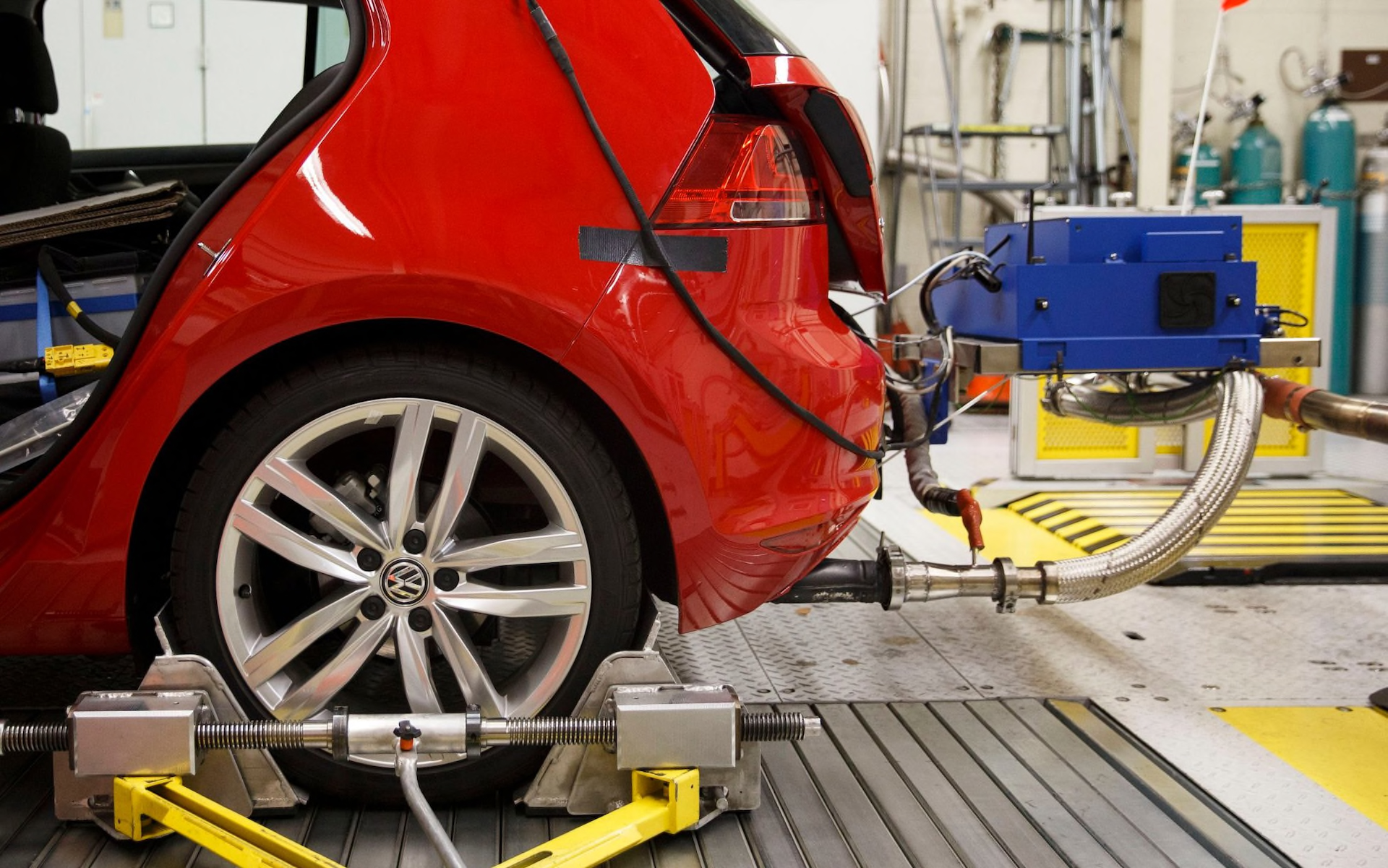Like the previous economy test, the new WLTP procedure is lab-based but far more representativeof real-world conditions
https://www.telegraph.co.uk/cars/features/dieselgate-latest-will-volkswagen-ever-come-clean/and general dissatisfaction with the real-world economy figures of new cars compared with their official figures, a long-awaited new emissions test came into force on September 1st, 2018.
The Worldwide harmonised Light-duty vehicles Test Procedure (abbreviated to WLTP) is designed to give a more realistic gauge of a car’s efficiency than the New European Drive Cycle (NEDC) test that it replaces. Every model registered in the UK must now be homologated under WLTP, which is developed for global use but which is also subject to specific European regulations.
The WLTP is a far more comprehensive test than NEDC. It will produce figures for nitrogen oxides (NOx), particulates by mass and number (PM/PN), carbon monoxide (CO), fuel economy and CO2 emissions, as well as the energy consumption and driving range of electric vehicles.
Consumers should look out for the four categories – low, medium, high and extra-high – which effectively represent city, urban, A-road and motorway driving, and there will also be an average combined economy and an emissions figure calculated from those figures.
The outgoing NEDC test was implemented in the Eighties and became notorious for returning over-optimistic fuel economy and CO2 emissions figures that were virtually unachievable in real driving conditions.
As with the old NEDC test, the WLTP is carried out in a laboratory, but the test is longer and more varied in order to be more representative of real-world driving. Developed using some 500,000 miles of real driving data gathered from drivers all around the world, the WLTP lasts 30 minutes and a maximum of 81.3mph, allowing for temperature changes from 14 degrees C to 23 degrees C, with gearchange points differing depending on the vehicle, and a variety of driving phases including acceleration and braking. A car’s power-to-weight ratio also dictates variable factors in the test cycle.
By comparison, the NEDC test lasted 20 minutes and didn’t take into account the effect of optional equipment such as air-conditioning, as the WLTP does.
Roughly speaking, experts estimate that there is a disparity of as much as 20 per cent between figures attained under the NEDC and the WLTP, but of course it will vary. A VW Up GTI, for instance, achieves 110g/km of CO2 and an economy of 49mpg (EU Combined) under NEDC rules, but testing under the WLTP regime sees those figures amended to 127g/km and 42mpg.
Electric cars are likely to have a considerable variation in official driving range between the two test formats, too. The new Jaguar I-Pace will cover 337 miles on a full charge under NEDC conditions, or 298 miles under WLTP. Jaguar has also stated that it will have a range of about 240 miles “when driven like a Jaguar”.
The more comprehensive WLTP figures will also make it easier to get a grasp on the potential range and economy of plug-in hybrid cars (PHEVs). Phil Stones, chief engineer at the Millbrook vehicle testing centre’s propulsion department, explained that the new test procedure sees PHEVs tested “with the battery fully charged and then fully depleted. The problem remains that, with PHEVs, the economy can be anything from zero fuel usage if you charge up regularly and do short trips, to quite poor fuel economy if you do a lot of motorway miles, when you’re likely to be better off with a conventional diesel.”
Standardised test data isn’t easy, but the WLTP test for PHEVs will show a pure electric range as well as the car’s economy with the battery depleted, and a combined overall figure, making it easier to judge whether a PHEV is suited to your projected usage.

